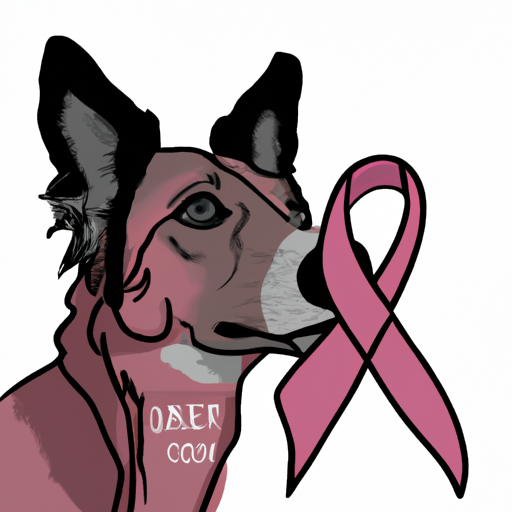“`markdown
How Do Dogs Act When They Smell Cancer?
Understanding the Canine Sense of Smell
You have probably noticed just how keen your furry friend’s nose is – sniffing out that hidden treat or detecting a new scent in the park. But did you know that dogs’ noses are so powerful they can potentially smell diseases, even cancer?
Dogs have an incredibly developed sense of smell, far superior to ours. Their olfactory receptors number in the tens of millions, while humans have just around six million. This makes them uniquely equipped to detect scents we cannot even begin to perceive.
The Science Behind It
Scientists believe that cancerous cells release unique volatile organic compounds (VOCs) that dogs can detect. It’s not that dogs smell the cancer itself, but rather these compounds. Just like you might recognize the scent of a rose or freshly baked bread, dogs can detect these VOCs among the myriad of other smells they encounter.
Here are some points to understand the science behind it:
- Dogs can identify VOCs even at very low concentrations.
- Different types of cancer produce different VOCs, meaning a dog trained to detect lung cancer might not recognize melanoma.
Canine Cancer Detection in Action
In various studies, dogs have demonstrated an ability to detect several types of cancer, including lung, breast, and ovarian. Some dogs have shown an accuracy rate of up to 98%!
However, it’s not an easy task for the dogs. They undergo rigorous training to identify the specific scent of VOCs associated with different types of cancer.
The Behavior of Dogs Detecting Cancer
So, how do dogs act when they smell cancer? Well, their behavior can vary and often depends on their training. Some dogs are trained to sit when they detect the scent, while others might paw at the person or item.
In an untrained dog, the signs could be subtler:
- Increased sniffing around a particular part of the owner’s body
- Unusual behavior like whining or pacing
- Becoming more clingy or protective
The Future of Canine Cancer Detection
The potential for dogs in the early detection of cancer offers exciting possibilities. However, testing and training are complex and time-consuming. The future may see more dogs used in clinical settings, or perhaps even technology developed to mimic the canine sense of smell.
| Current Challenges | Future Potential |
|---|---|
| Lengthy training | Early detection |
| Costs | Lower healthcare costs |
| Limited scope | Wider range of detectable cancers |
Frequently Asked Questions
Q: Can any dog detect cancer?
A: While all dogs have a powerful sense of smell, not every dog can detect cancer. It requires specific training and not all dogs have the aptitude for it.
Q: Can dogs detect cancer in humans?
A: Yes, there are numerous documented cases and studies where dogs have accurately detected cancer in humans.
Q: How reliable are dogs at detecting cancer?
A: Trained dogs have shown an accuracy rate of up to 98% in some studies, but they are not infallible and should not be the sole method of diagnosis.
“`



